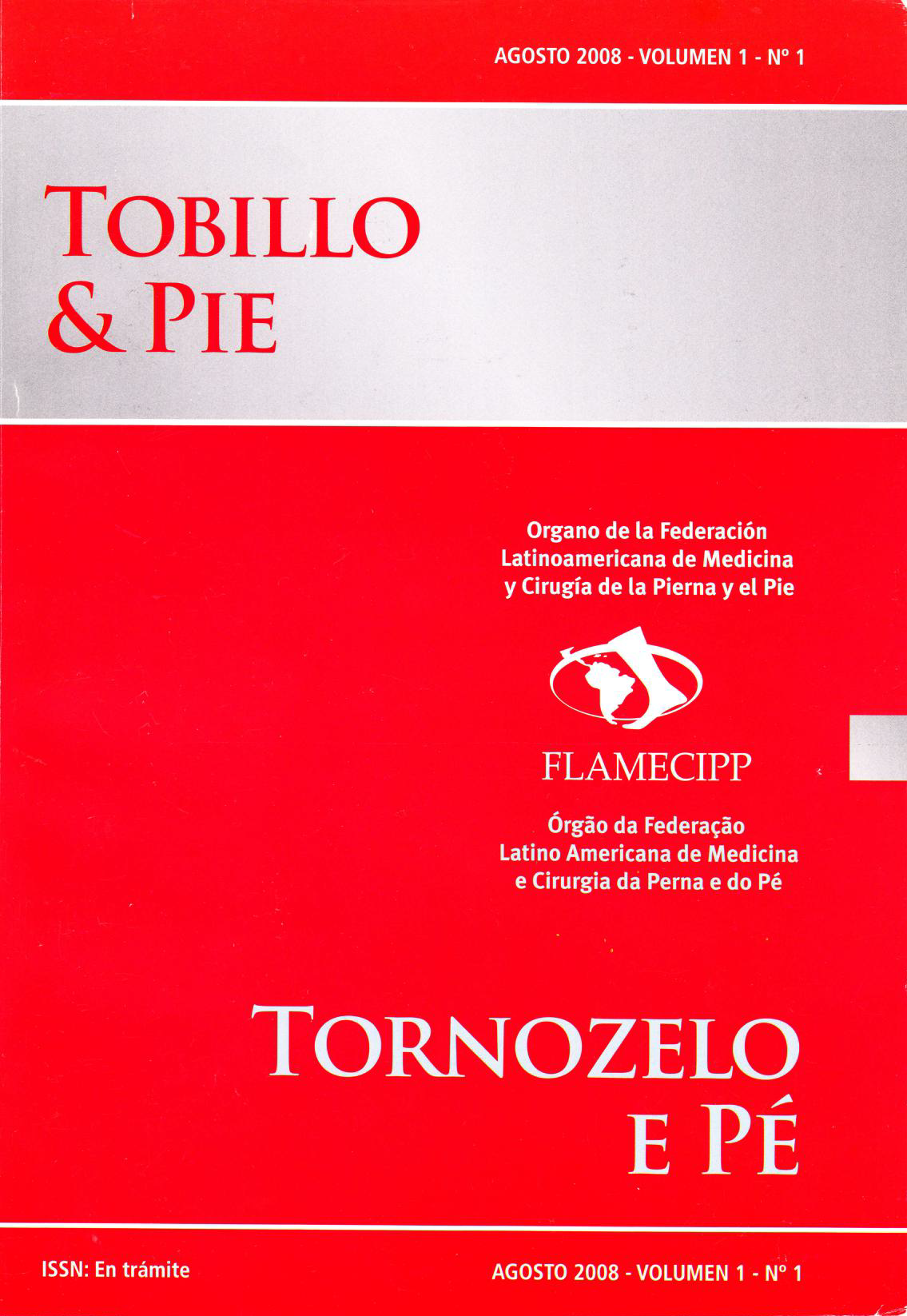Cirugía de la Fascitis Plantar Crónica con Síndrome de Túnel Tarsiano Distal
Keywords:
Chronic plantar Fascitis, lateral plantar nerve entrapment, distal tarsal tunnel sindrome, surgeryAbstract
Introduction: Most patients with plantar fasciitis respond well to nonsurgical treatment. ln the non-responding group, many have sig ns of entra pment of the first branch of the lateral plantar nerve, requiring specific surgery. Objective: Evaluate outcome of complete fasciotomy plus extensive nerve release in this group. Method: Prospective study of patients with diagnosis of plantar fasciitis and distal tarsal tunnel syndrome, refractory to at least 6 months of nonsurgical treatment. Operated between 1999 and 2005. We studied demographic and clinical features and complications. Follow up included Kenneth-Johnson and AOFAS scores, time to return to work and sports. Results: 28 patientes. 18 men. Average age 54.8 years (32-78), follow-up: 37 months (12-72).Symptoms period prior to surgery 10.38 months (6-36). AOFAS score improved from 60.83 (32-85) prior to surgery to 95.35 (90-100). Complete satisfaction (KJ) obtained in 23 patients (82.14%), rest satisfied with minor reserves. One patient had a complication (local).Mean time before returning to work: 3 months and 6 for sports. Mean relief time was 5.5 months. Conclusion: Patients with plantar fasciitis and signs of nerve entrapment refractory to nonsurgical treatment, benefit from this technique. Nevertheless, return to work and total symptoms relief took long.


